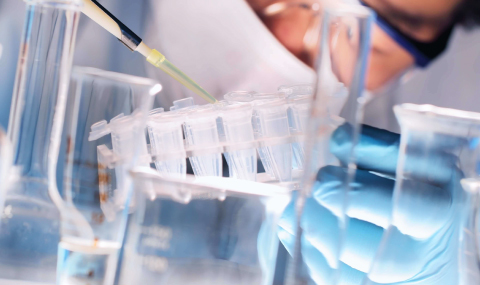A. Organizational requirements of Individual-Specific Adaptation
The concept of adaptive improvisation [Soen et al., 2015, Schreier et al., 2017] draws parallels between adaptation and dynamics of complex systems. This leads us to develop a dynamical system’s theory of adaptation, enabling investigation of general requirements of de novo emergence of variations that are likely to assist in overcoming novel challenges (internal and external alike). Here, the idea is not to seek detailed account of biological mechanisms of adaptation, but rather to identify general organizational properties that are essential for long-term sustainability of every type of complex system (living or not). We achieve this goal by developing theoretical frameworks addressing two fundamental questions of adaptation by improvisation (in collaboration with the Brenner group, Technion):
(1) How stochastic exploration over time in every individual can be comprehensive enough to identify new beneficial changes within an astronomically large number of putative changes (e.g. in the somatic genome, epigenome, microbiome and more)?
(2) Assuming that the first question is answered, what prevents the organism from undergoing lethal changes prior to reaching an adaptive state?
B. Adaptation in a composite individual (e.g. a host-microbiome system)
The large number of rapidly dividing bacteria within a host and their transmission across host generations raise the question of whether interactions between host and bacteria support emergent adaptive capabilities that were traditionally considered impossible for germ-free hosts. To investigate the repertoire of emergent adaptations in such a composite system with interactions between selections occurring on different time-scales, we established the first population genetics model for a host-microbiome system (in collaboration with Dino Osmanovic at MIT and Yitzhak Rabin and David Kessler at BIU). A simplified version of this model showed that interactions between Darwinian selections of host and bacteria promote emergent Lamarckian adaptation within a host generation as well as group selection over multiple host generations (Osmanovic et al. 2018). By further introducing a “Lamarckian” measure that quantifies the gain in offspring tolerance due to the experience of their parents, we found that Lamarckian adaptation depends jointly on the magnitude of environmental stress and the intrinsic properties of the organism.
We are now extending this model to uncover additional capabilities that were previously excluded by the simplifications we made in the initial model. We use these extensions to examine scaling relationships and to investigate how the non-traditional modes of adaptation are affected by: (i) horizontal transmission, (ii) multiplicity of species, and (iii) bacterial surveillance by the host.


